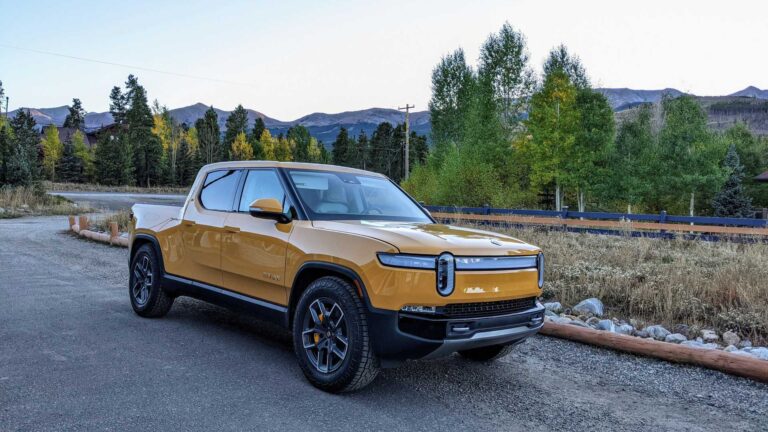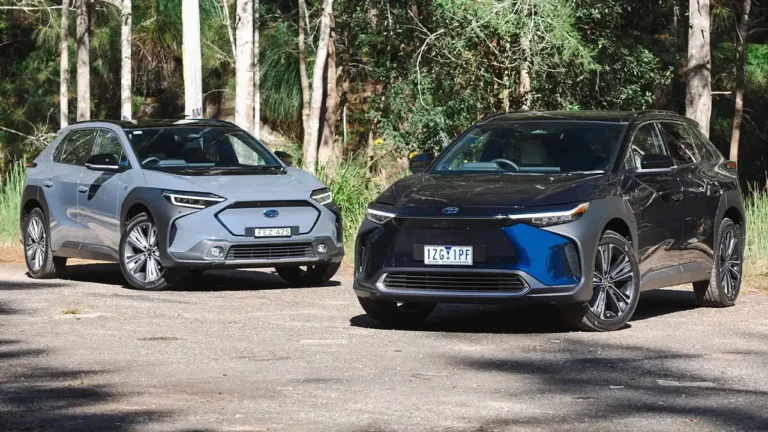Morgan announced last year that it would retire the Plus Six and introduce a new flagship model in 2025. Now, we’re getting our first glimpse of this upcoming vehicle ahead of its official debut this spring.
While the British automaker has yet to reveal the car’s name, they have described it as “instantly recognizable as a Morgan, whilst projecting a more contemporary aesthetic and an aerodynamically informed proportion.” Based on the teaser images, which show a camouflaged prototype, this description appears to be accurate.
Morgan Bids Farewell to the Plus Six with a Special Edition, Prepares for a New Flagship
The new model sports a vintage-inspired front end featuring a prominent horseshoe-shaped grille flanked by round headlights. Complementing this design are smooth, flowing body lines, pronounced fenders, and retro-style side mirrors. One particularly eye-catching detail is the inclusion of three windshield wipers—an unusual touch that almost appears surreal.

At the rear, the vehicle bears a resemblance to the outgoing Plus Six, featuring a familiar dual-exhaust system and fender-mounted taillights. However, the design also incorporates modern elements, including an updated bumper and what seem to be rectangular reflectors.
Morgan’s Upcoming Flagship Features a BMW-Sourced Engine and Three Wipers
Underpinning the model is the new CXV platform, described as an “advanced evolution” of Morgan’s bonded aluminum chassis. The updated architecture is designed to be both lighter and stiffer, facilitating the integration of new technical features and engineering improvements aimed at enhancing dynamic performance and driving enjoyment.

Morgan has confirmed that the car will be powered by a turbocharged six-cylinder engine supplied by BMW. While specific details remain undisclosed, the outgoing Plus Six was equipped with a 3.0-liter TwinPower Turbo inline-six that delivered 335 hp (250 kW / 340 PS) and 369 lb-ft (500 Nm) of torque. Paired with an eight-speed automatic transmission, the Plus Six was capable of sprinting from 0-62 mph (0-100 km/h) in 4.2 seconds and reaching a top speed of 166 mph (267 km/h).



